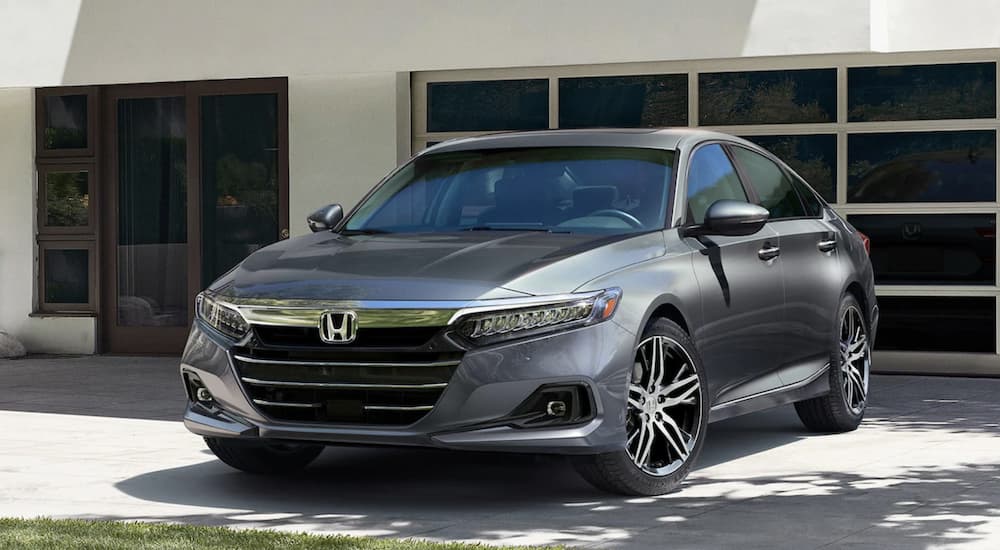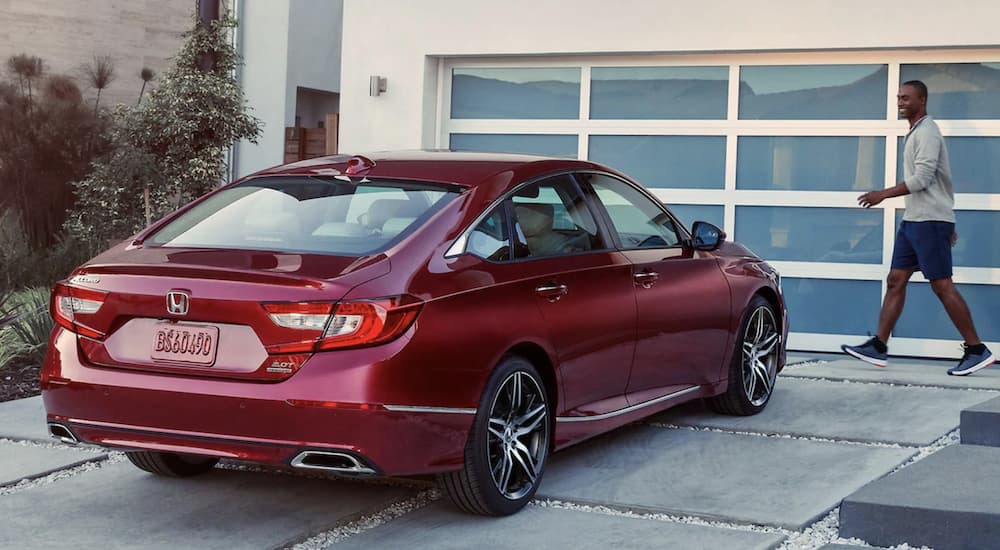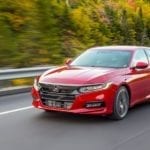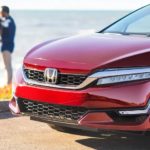I’ll admit that the Honda Accord isn’t exactly the sexiest vehicle out there; it lacks the youthful appeal of something like the Ford Mustang or the rugged lore of the Jeep Wrangler. That being said, what it lacks in, shall we say, sensual appeal, it makes up for by being a reliable sedan that’s had a big impact on the auto industry year after year. Whether you’re looking at online Honda Accord sales or simply interested in what this family-friendly sedan has meant for so many people, I’m here with a tale to tell. Let’s take a look at where the Accord has been and the impact it’s had on the industry to better appreciate where it’s going.
Honda Background and Accord Development
Honda, as a company, was founded and incorporated in the 1940s in Japan and began making a name for itself based on the motorcycles it built. They started with motorized bicycles using engines from another manufacturer, and when those ran out, they began making their own engines. In 1949, Honda introduced its first motorcycle model; the first one with both an engine and frame they manufactured, and by 1961 they claimed their first Grand Prix victories and World Championships with their motorcycles. By the 1960s, Honda was the world’s largest motorcycle manufacturer, but they were looking beyond that: they began developing cars and wanted something that would make an impact.
In 1967, Honda introduced its N360 minicar, followed by additional models that ultimately led to the development and release of the Honda Civic in 1972. The Civic was a subcompact car and gave Honda its first major success in the car market; with it being so well-received, Honda began developing a larger model. The original concept was a four-door sedan with an I-6 engine. While they may have been working on a rival for the Ford Mustang at one point, their focus shifted to making something closer to the Civic but with a larger size.
The body design of their new model was finalized in 1973, but mechanical engineering took another year or two. In particular, they wanted to make the engine they planned on using quieter and refine the suspension to provide a better ride and handling. A tremendous amount of testing and development went into making a sedan that would be enjoyable to drive for its customers. Honda chose the name “Accord” to signify their desire for harmony within society and between people and their cars.
The Initial Release of the Honda Accord
On May 7, 1976, the first generation of the Honda Accord launched for the 1977 model year; its initial release was as a two-door hatchback. From the moment it hit the market, the Accord found success as a larger option to the Civic, which was fun to drive and offered excellent fuel economy. The Oil Crisis of the 1970s was still looming large in many drivers’ minds, and the Accord’s impressive efficiency made it immediately attractive. It was also one of the first Japanese sedans with standard cloth seats, AM/FM radio, and other amenities.
Although a four-door sedan version of the Accord was released in 1977 in Japan, we had to wait another year for it to make its way to our shores. Both models’ platforms and overall engineering were the same, but a higher roof and other cabin changes made the sedan model more comfortable for passengers. There were a few minor updates and changes over the next couple of years after its initial release, but further development and one very important change would come with the second generation.
The 1982 Model and Its Growth in the US Market
In September of 1982, the all-new, second-generation version of the Accord was released with both hatchback and sedan versions available. Much like its initial launch, this was a compact car, larger than the Civic but smaller than the Accord we know today. The second-generation model used the same engine as the initial Accord, but the interior and exterior were significantly updated and modernized.
Two things happened with the second generation that were huge developments. First, Honda started building the Accord not only in Japan but also at a plant in Ohio, making it their first Accord model built in the US. The Accord also became the bestselling Japanese model in the US, a title held for 15 years after its release. This speaks to just how popular it became and helped explain why there was so much backlash against Japanese car companies by American manufacturers throughout the 1980s and into the 1990s. To put it simply: American companies were being beaten by brands like Honda that were adapting to market demands faster and better than they were.
There was a refresh for the Accord in 1983, and then a third-generation model was launched for the 1986 model year. For its third generation, the Accord was redesigned with a look that set it apart and became popular among a broad range of drivers. One noteworthy feature was the Accord’s hidden headlamps that were retractable and showcased innovation for a compact car.
The Accord Throughout the 1990s
A fourth-generation version of the Honda Accord was released for the 1990 model year and was redesigned and significantly updated. Although its overall aesthetic still felt very much in line with the previous generation, it grew in size significantly. The initial Accord had been a compact model, larger than the subcompact Civic, but not by that much. For its fourth generation, the Accord grew to become a midsize car, a change that has remained in effect since its expansion.
Throughout the ‘90s, there were several updates and changes, with a fifth-generation model launching in 1994 and growing in size to meet the demands of the American market while remaining a midsize car. A sixth generation followed that in 1998. At this point, Honda separated the development of the Accord into three different models for three markets: one for North America, one for Europe, and one for Japan to meet the needs of customers in different countries. The hatchback or station wagon version of the Accord was discontinued in the US and became a pure sedan.
Changes and Growth in a New Century
In 2002, Honda released an all-new seventh-generation Accord model, separating it into different versions for different regions. The North American version of the Accord grew again to become a larger midsize model, significantly different from the Accord sold in Japan and Europe. A hybrid version of the Accord was introduced in 2005, as Honda toyed with different designs and expressions of their legendary engineering. By 2007, for its eighth generation, the Honda Accord had grown so different from its Japanese counterpart that the model we know as the Accord here in the US was sold overseas as the Honda Inspire. A ninth generation was launched in 2012, with a tenth generation for the Accord following that for the 2018 model year.
The Future of the Honda Accord
Although the tenth-generation Accord received an update and facelift for the 2021 model year, Honda has revealed that the 2023 Accord will launch an all-new, eleventh generation for this legendary midsize car. Details on this next-generation Accord are still being kept largely under wraps, but it’s expected to keep much of its overall design and feature a renewed focus and emphasis on its available hybrid powertrain.
The Accord remains a favorite among many American drivers and critics within the auto industry, providing a reliable, safe, and family-friendly sedan when many manufacturers have left the car market behind. We’ll have to wait and see what Honda has in store for the Accord going forward, but whatever it is, I’m sure it will set new standards for midsize sedans in the industry.





